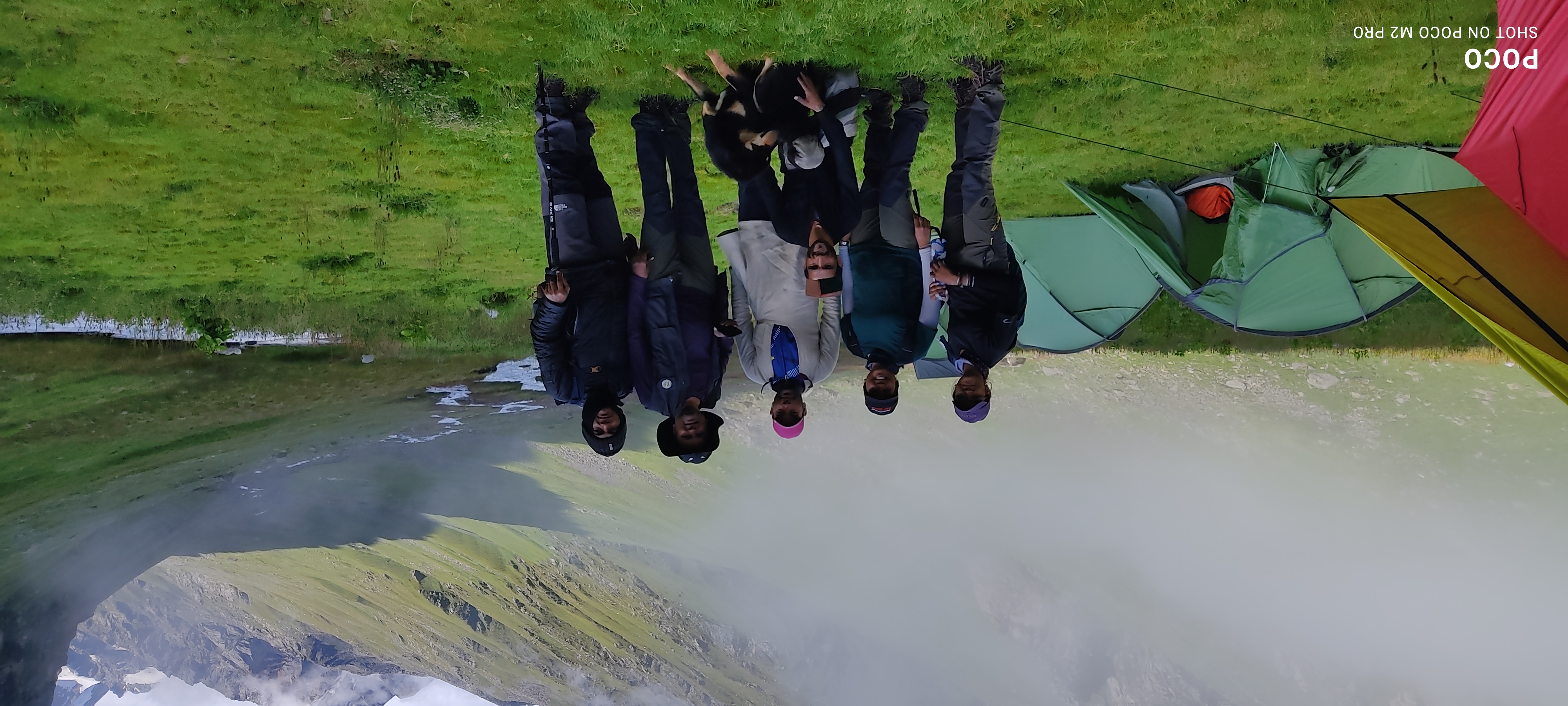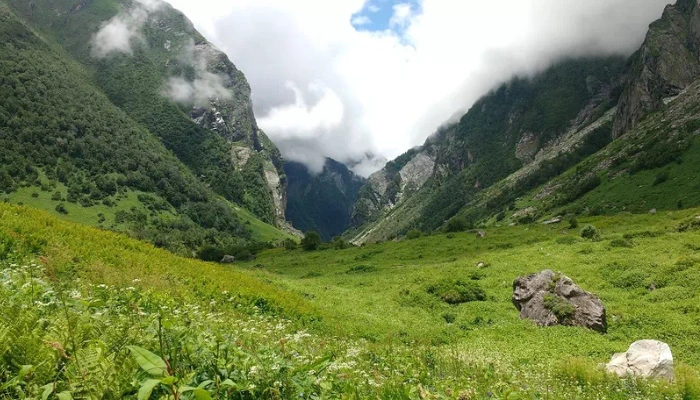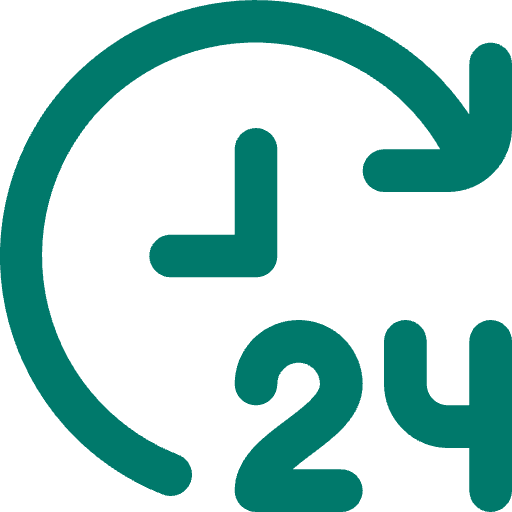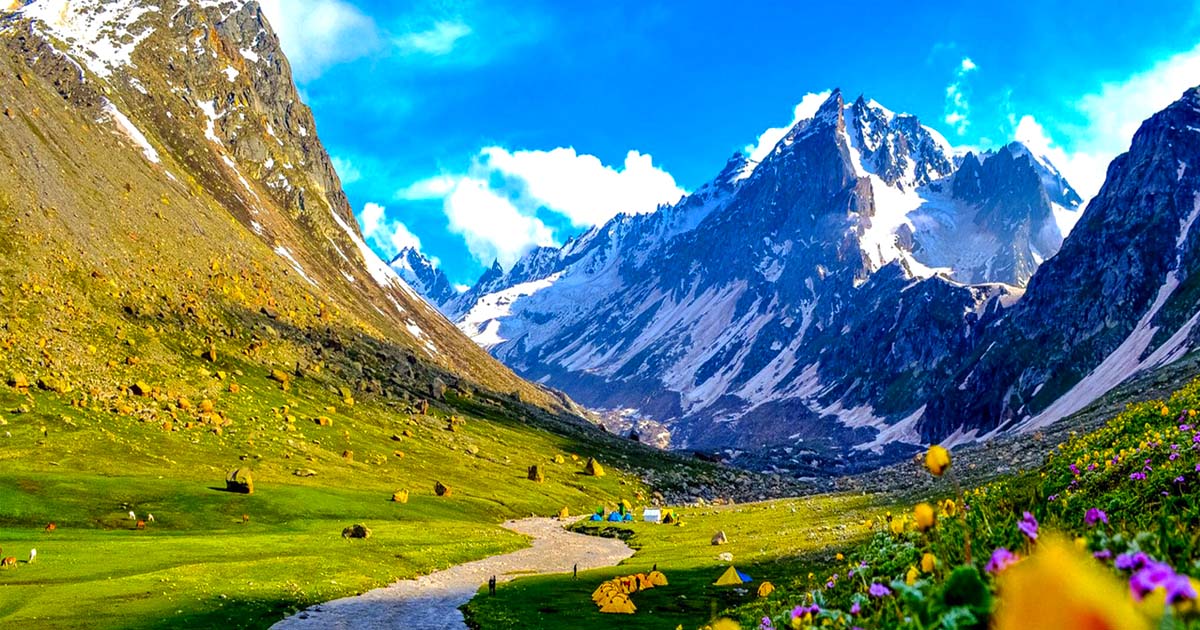
Hampta Pass Trek
TREK DIFFICULTY
Moderate
TREK DURATION
5 Days
HIGHEST ALTITUDE
14,040 feet
GROUP SIZE
12
TREK DISTANCE
25 Km
BASECAMP
Himachal Pradesh
BEST TIME
June to September
PICKUP POINT
Himachal Pradesh (Manali)
Hampta Pass Trek Overview
Hampta Pass Trek is a crossover route with an altitude of approx 4,270 meters. The trek begins very close to the popular hill destination of Manali. This trek is one of top treks in Himachal Pradesh which offers a great opportunity to experience a lot of changing landscapes over a short duration. From Maple forests to Meadows and from snow covered landscapes to the naked mountains of the remote Lahaul. The Hampta Pass concludes near the beautiful Chandratal Lake (the moon lake- literal translation) and the drive back to Manali goes through Rohtang Tunnel or over Rohtang Pass provides many opportunities to witness the magnificent Himalayan regions.

- Manali to Jobra (Drive)
- Jobra to Chika (Trek)
- Chika to Balu ka Ghera (Trek)
- Balu ka Ghera to Hampta Pass to Shea Goru (Trek)
- Shea Goru to Chatru (Trek)
- Visit Chandratal Lake (optional or if road is open)
- Drive back to Manali
Duration: The trek usually takes about 5-6 days to complete.
In Himalaya Shelter, we provide you with the option to customize your trekking experience. Whether you're a solo traveler, a group of friends, or a family, you can opt for our personalized tailor-made trekking program. This customized trek will be exclusively designed for you, taking into account your specific requirements for transportation, accommodation, meals, and any other premium facilities you may need during the trek. No other participants will be added to your group. Choosing a customized trek will enable you to fully enjoy the trek with your loved ones. Click here to learn what a Customized Trekking program looks like.
- Jobra
Jobra is a beautiful village located near Manali in Himachal Pradesh. It is used as a basecamp for the Hampta Pass Trek. Jobra is surrounded by the dense forest of maple, pine and oak trees. The dense forest cover and mud covered trail in Jobra makes it a wild yet adventurous place for trekkers.
- Chika
Chika or Chikka is another beautiful campsite while crossing the Hampta Pass Trek. Located within the Hampta Valley, it is surrounded by the mountains. Chika has lush green meadows and beautiful streams which makes it perfect picturesque spots.
- Balu ka Ghera
Balu ka Ghera is a flat sandy plain amidst snow-capped peaks that is used as a campsite during the Hampta Pass Trek. It is considered one of the best campsites as it offers the view of the Dhauladhar range and peaks of outer Himalayas.
- Hampta Pass
The Hampta Pass is famous for its beautiful and diverse landscapes. It connects Kullu Valley to Lahaul and Spiti Valleys and offers trekkers an amazing experience of changing ecosystems. It also offers a panoramic of towering peaks like Indrasan and Deo Tibba.
-
Shea Goru
Shea Goru is a cold desert, full of snow and glaciers around. Its uniqueness makes it a perfect picturesque campsite for trekkers. It is often called 'Oasis in a Desert' due to its lush green setting surrounded by barren cold mountains. At night, trekkers can spot the stunning Milky Way in the sky.
-
Chatru
Chatru is another key campsite on the Hampta Pass Trek. It is the place where the three valleys- (1)Hampta, (2)Spiti and (3)Rohtang connect. Chatru is a small and rugged mountain landscape which offers adventurous tourism.
-
Chandratal Lake
Chandratal Lake is a high-altitude lake, famous for its crystal-clear water and changing colors. It is a crescent-shaped lake like the moon and has a connection with Hindu mythology. It is believed the Chandratal Lake is the place where Yudhishthira was sent to heaven by Indra Dev in epic Mahabharata.
Located at an elevation of approximately 4,270 m (14,009 ft), the Hampta Pass trek is a moderate-level trek. However, it is easier than many other high-altitude treks in the Himalayas. You have to walk around 5-7 hours each day, and the trek takes 5-6 days to complete. There are steep climbs, rocky ridges and river crossings, but with proper preparation, even beginners can complete it. All you need is physical fitness, good stamina and a little training to do this trek.
- First, reach Manali. You can reach here via car/cabs as it is well connected by road from Delhi and Chandigarh.
- However, Manali doesn't have any close flight or train connectivity. The closest airport from Manali is Kullu-Manali Airport in Bhuntar, and the closest railway station to Manali is Ambala Cantt (Haryana).
- From Manali, you have to drive to Jobra, the starting point/basecamp of the trek. You can take help of a guide or join a group. You can also do a trek solo, but it's not advisable if you're a beginner due to navigation and safety reasons.
The best time to do the Hampta Pass Trek is from mid-June to early October, when snow starts melting. This time the weather is pleasant and the trails are open. Even in June or July, you will find some snow at the higher points. During monsoon (August-September), valleys are full of greenery. So, from July to October is an ideal time to visit the Hampta Trek, even Chandratal Lake is open during this time for visitors.

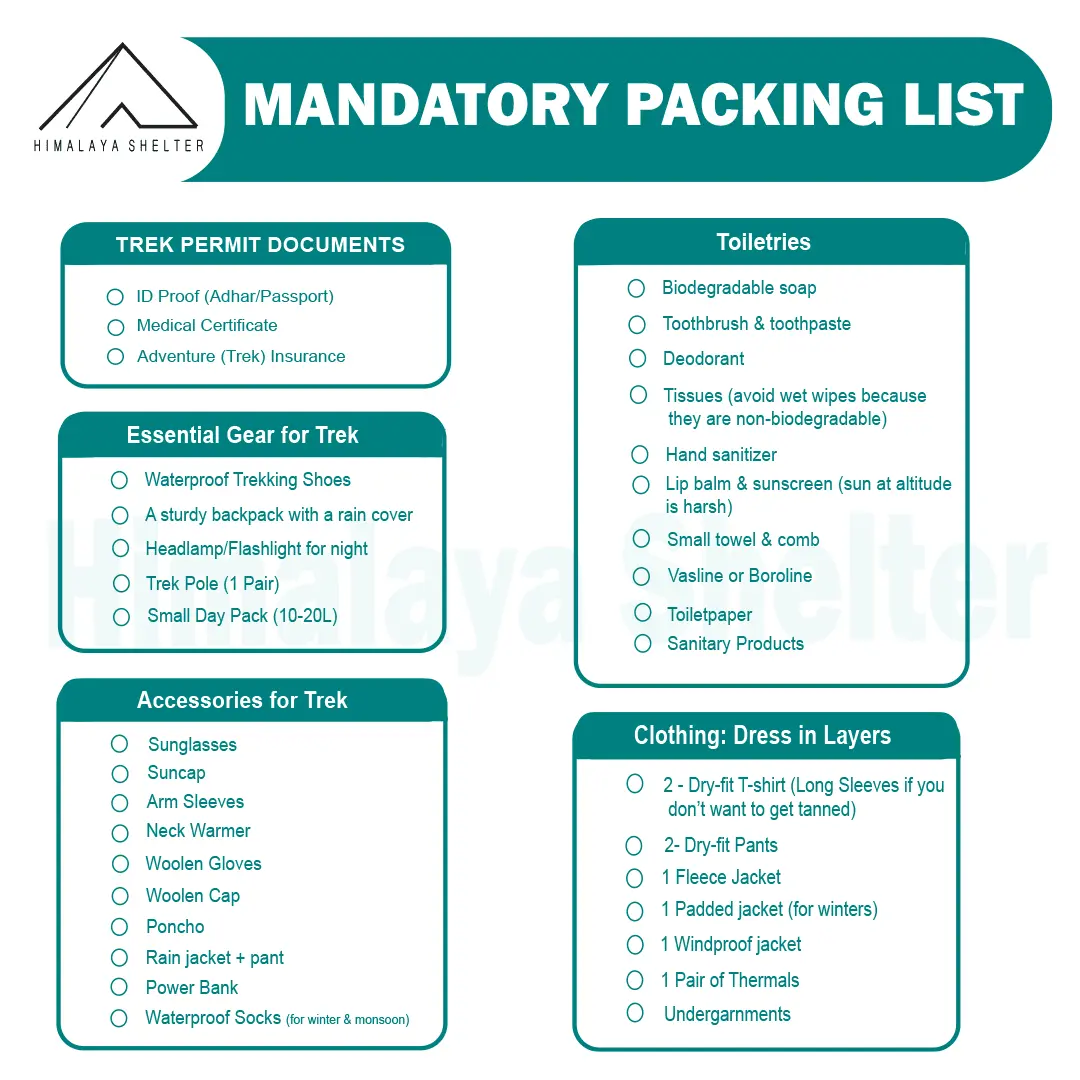
Notice: All trekkers are strictly advised not to carry unnecessary plastic items such as disposable bottles, single-use cutlery, polythene bags, and food wrappers during the trek. We encourage the use of reusable bottles, tiffin boxes, and cloth bags to minimise waste and protect the fragile Himalayan ecosystem. Your cooperation is essential in ensuring a clean and sustainable trekking experience
Physical Fitness Preparation for Trek:
To overcome the difficulty level of Bali pass trekking, it requires strong cardiovascular endurance, muscular strength, and overall physical fitness. Incorporate these exercises into your routine to increase strength, stability, and stamina, which will help you tackle difficult terrain sections of the trail at high altitudes.
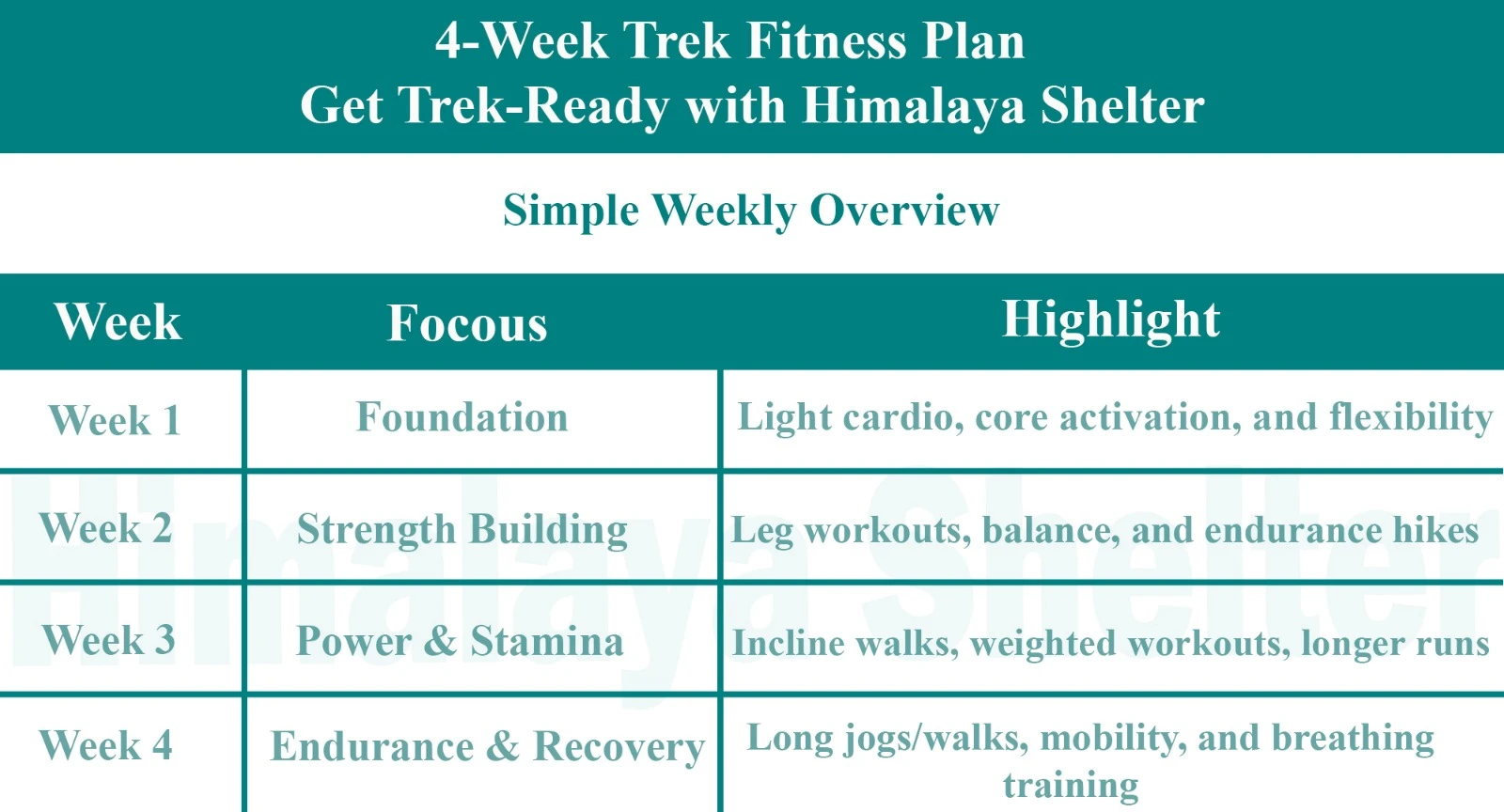
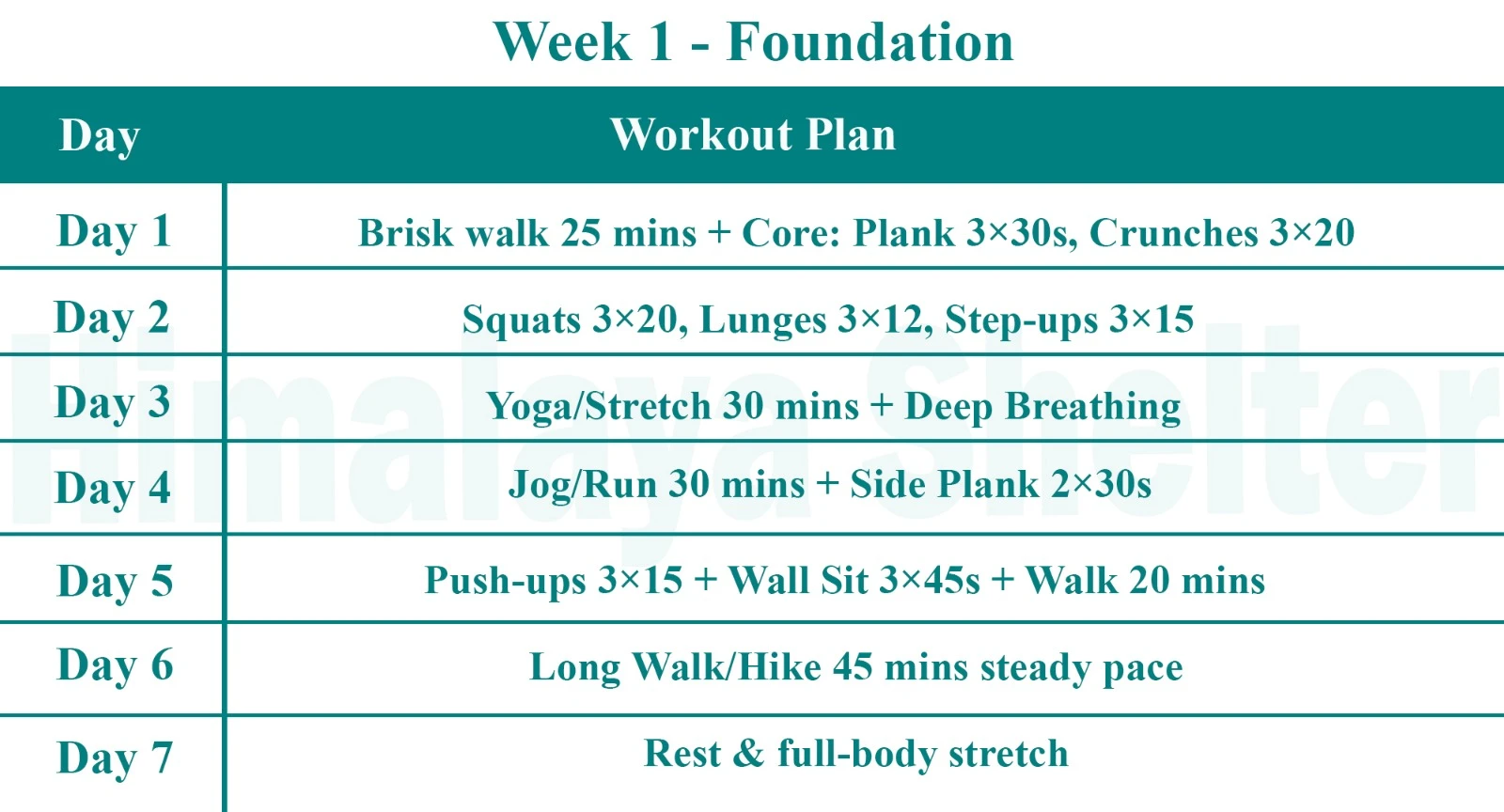
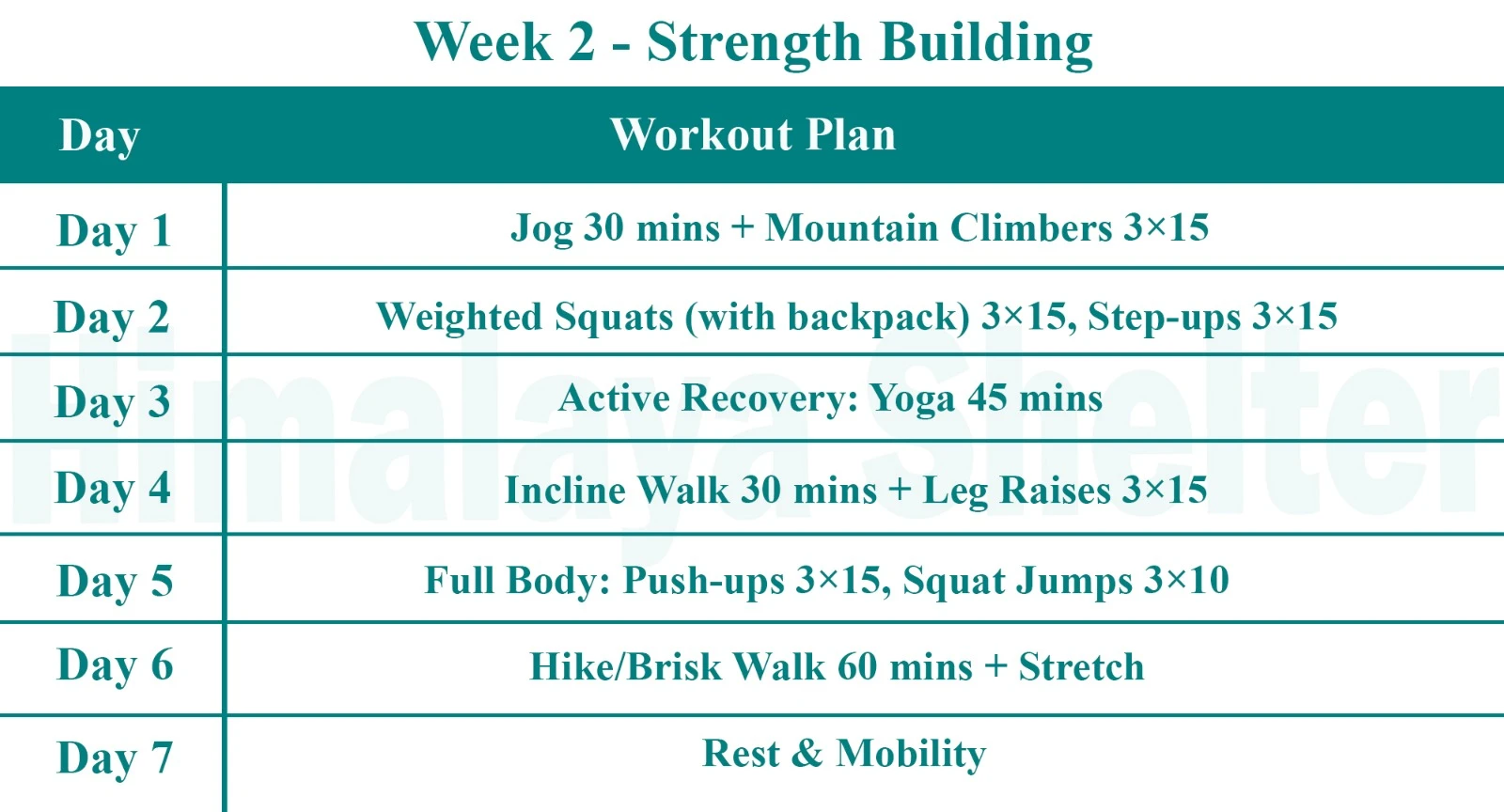
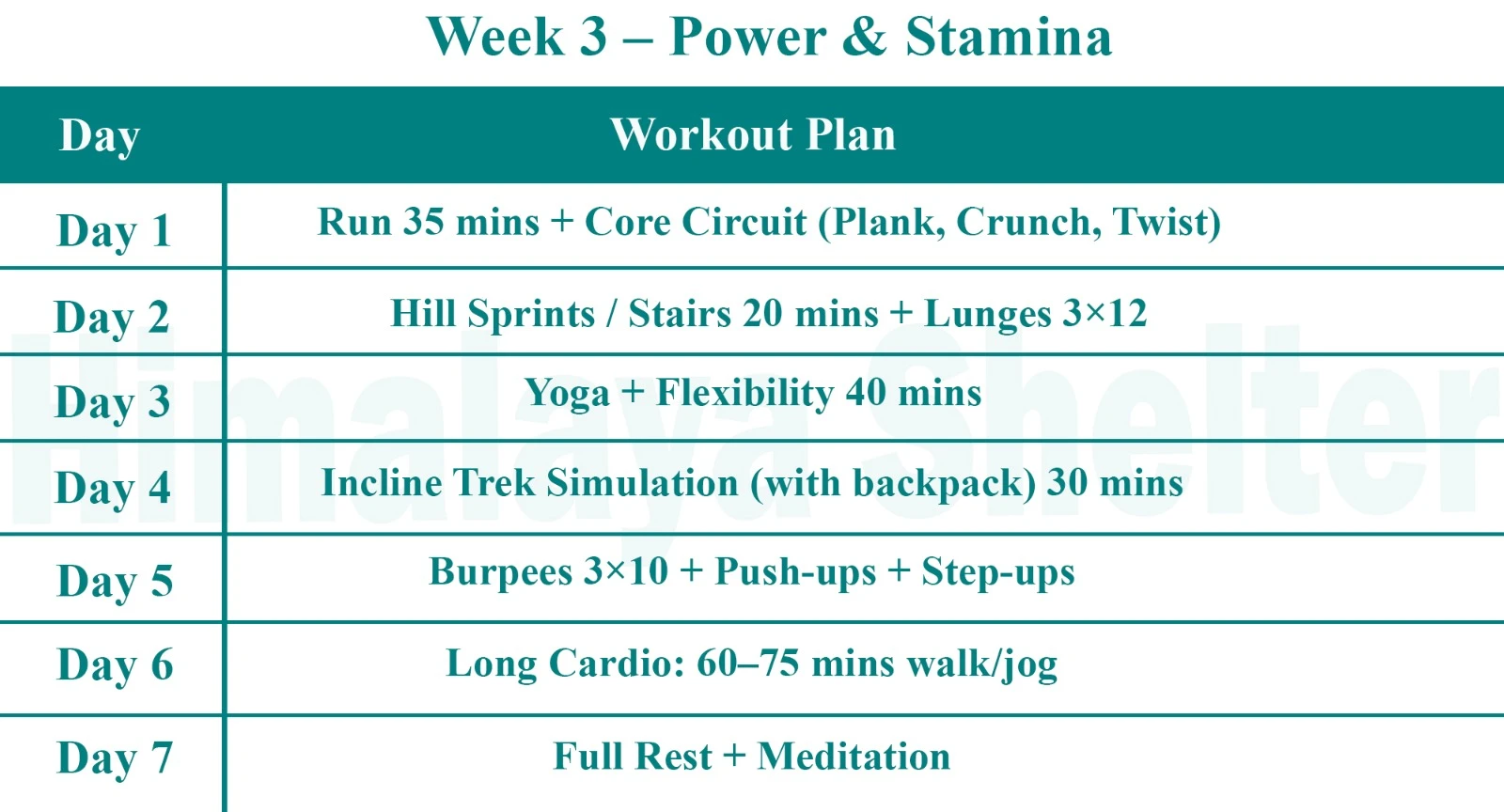
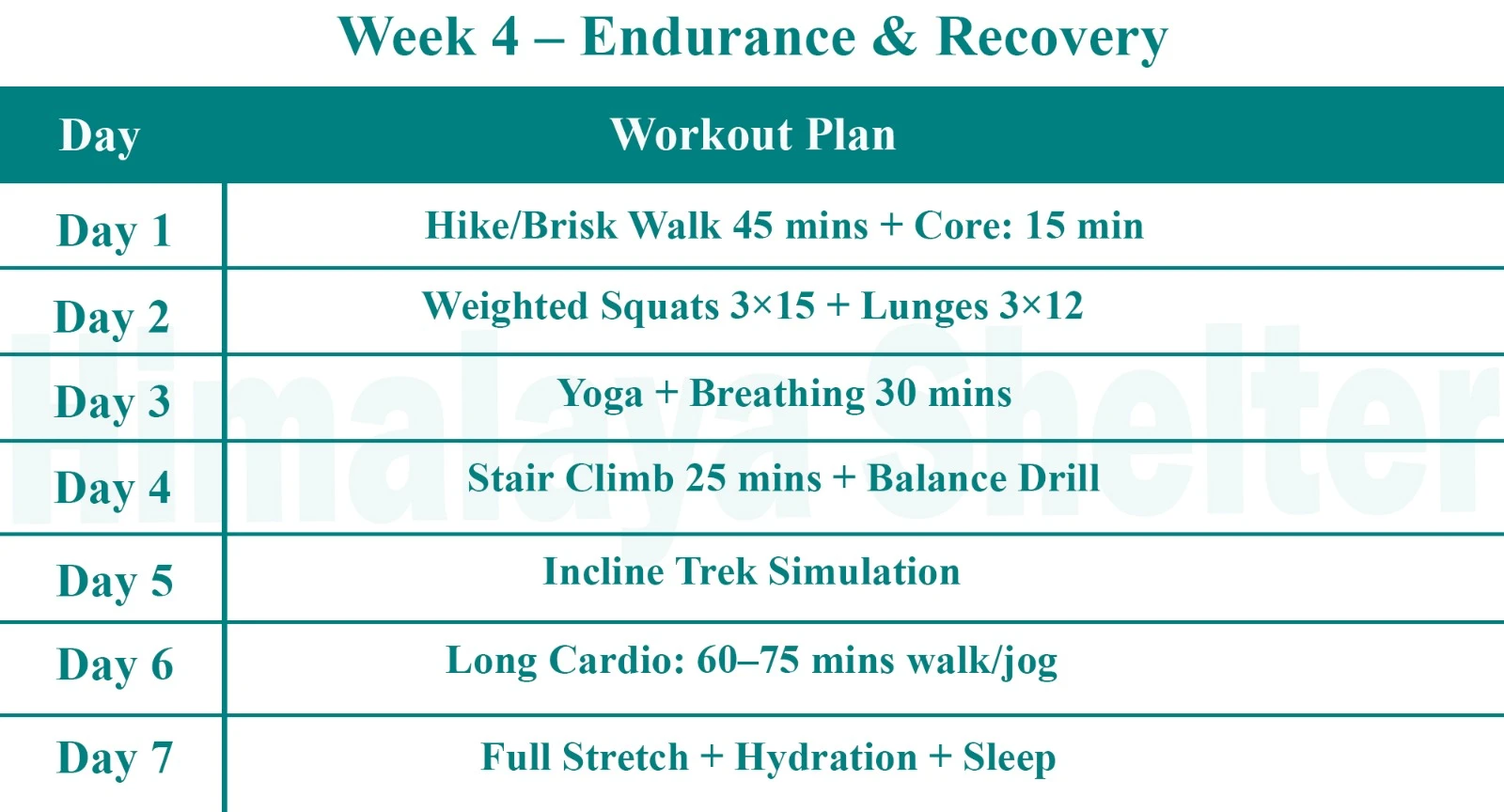
Day 1: Manali (1,800 m) to Cheeka (2,900 m) via Pirni (1,900 m) and Sethan
We begin the day early and drive from Manali to Jobra via Pirni and Sethan. Pirni is a village a little short of 4 km south of the Manali city bus depot on the Naggar road. We take a left from the T intersection at Pirni, towards village Sethan, which is closed to regular traffic movement as it was principally constructed to link to the hydel power project at Jobra on the Rani Nalah which we would accompany all the way to the base of the hampta pass.
You need to obtain a permit to take a vehicle up this road. The road is with so many hairpin turns, that you will run out of fingers where you begin counting them. However, the trend continues only until Sethan following which is a straight ride to Jobri, 4 km away.
We begin the trek at Jobra as we march towards Chika, lying only about 2 km ahead. We cross the thick forest and mud covered trail as we make our way to the Campsite, the arrival of which is marked by a gradual parting of treeline to pave way for the meadows along the raging waters of the Rani Nalah.
Day 2: Cheeka (2,900 m) to Balu ka Ghera (3,600 m)
We start our journey early after breakfast. We begin by crossing a makeshift wooden bridge built by shepherds and onto the right bank of the stream and then another to cross one adjoining stream. Hence forth it is a continuous climb upto Jawara post which the gradient subsides upto Balu Ka Ghera. Hampta Pass is a well taken route by Gaddi Shepherds who climb the pass over into Lahaul and Spiti every year, as the lower meadows begin to dry. Thus it is quite prominent to spot them with their flock of sheep. However their swiftness renders their itinerary short and is comprised of only 2 days.
The final steps to Jawara include traversing upon the carefully placed rocks over an adjoining stream. The Jwara meadows offer a welcoming site. While the treeline comes to an end on the right bank along our route, the opposite bank is lined with birch that grow further up on the hillside. The valley narrows down as we proceed further up to Balu ka Ghera campsite which is at an hours walk from Jawara.
The Balu ka Ghera is a flatbed with plenty of camping space. While we pitch out tents here, the shepherd have a keen tendency to proceed further up to the base of the glacial lake from where the climb to the Hampta pass begins. In June and upto early July, it is the spot upto which snowline exists, which begins to melt away with the advent of rain.
Day 3: Balu Ka Ghera (3,600 m) to Shea Goru (3,920 m) via Hampta Pass(4,280 m)
Today is the toughest day of the trek as the trekking distance is the most and we climb to the Hampta Pass before we descend to graze the peripheries of Lauhal as we proceed towards Shea Goru campsite. We begin the day early today as the altitude is bound to slow our pace and unpredictable weather can further create hinderance. We proceed on the right bank of the stream tracing its origin in a small glacial lake formation. If the rains have not yet set in, the snowline begins here. However once the snow melts it becomes hard to navigate the streams coming in from our left, joining the right bank of the river.
We hop over to the other bank and trace our way towards the pass from there.
Indarasan peak is visible in the distance a little towards right of our direction of approach towards the hampta pass. It appears as if summit of a temple and the name literally translates as the seat of lord Indra, who as per the Vedas is the king of Heaven (Swarg) and Gods. Mythologies and popular belief in Hinduism associate his powers to be similar with those of Odin, Thor, Zeus and Jupiter, the popular deities across Indo-European cultures.
Once we reach the hampta pass we are introduced to a different world together. As the vision gets a glimpse of the naked mountains of Lahaul. The senses, overwhelmed, begin to be weighed by the magnificence of the landscape before us as it changes abruptly, and the spirit is joyous with a sense of accomplishment and that of fulfillment. We wait, we bow to pay our respects to the divine before us and we proceed.
The path from here onwards comprises of a steep descent towards Shea Goru Campsite that can be seen far off in the distance to the left of our ascent to the pass, which is slight East of North as against our approach to Hampta pass in the eastward direction. After maneuvering through some steep slopes and then cutting across the side of an almost overhanging ridge we finally make it to a boulder strewn trail that takes us down to the last slope, which we can glissade down if there is enough snow.
Once we are down into the valley the gradient is almost flat for the rest of the way to Shea Goru campsite. We reach the campsite in another 30-40 minutes.
Day 4: Shea Goru (3,920 m) to Chattru (3,320 m); Drive to Chandratal (4,260 m) and back to Chattru - 120 KM
We start the day by crossing a snowbridge over to the opposite (left) bank of the river or a makeshift bridge if the glacial formations have melted away. The gradient increases as we rush downhill towards Chattru that lies on the Manali – Kaza road.
An hour short of our destination we get a clear view of the Road that lies on the opposite bank of the raging Chenab river. We make a turn towards the North-West a few hundered meters short of the river towards an alpine meadow which can be seen a few hundred meters down, at times occupied by shepherds. We have to cross a stream to continue towards Shea Goru campsite and then finally traverse glacial moraine before we finally are able to rush through a well off trail. While the campsite is on the left bank of the river itself, the Chattru Dhaba is located on the opposite bank that is accessible by an iron bridge.
We drive to Chandratal, a journey that would take another 3 hours and take us to an altitude of 4,260 meters. We visit the Chandratal or the moon shaped lake, which can be witnessed if we climb high up on the eastward ridge. Furthermore a glacial lake at the base of a retracted glacier, Samudri Tapu, can be seen in the backdrop, far away, if we have enough time. We drive back to Chattru and camp beside the river. There are a few Dhabas at Chattru.
Day 5: Chattru (3,320 m) to Manali via Rohtang Tunnel or Rohtang Pass (3,980 m - on request only)
After witnessing magnificent views during early morning, twilight hour, we start our journey towards Manali via Rohtang Tunnel. Prior to construction of the Tunnel the drive used to be a tiring one via Rohtang Pass. The distance is reduced and more so the duration since opening of the tunnel
Our treks are specially designed by the experienced team at Himalaya Shelter, taking you on an adventure of a lifetime all while making you connect not only with the bountiful nature but also with yourself and with others on the trek with you creating wonderful memories which will last you a lifetime. All Himalaya Shelter treks are guided by experienced Trekkers having vast knowledge and experience of the region, providing with insightful information and stories pertaining to the region’s flora and fauna and the history of the region whilst the trek. It is safe to say that on successfully completing the trek, one will gain tremendous insight and experience along with lifetime memories.
Inclusion
- Transport support from Manali- starting from Manali and pickup on day 1 to drop on last day.
- Accommodation – At Base Camp, stay at a local homestay or guest house for one night each, which will give you an insight into the authentic lifestyle of the locals.(INR 5000 per person extra for single sharing throughout the trek)
On Trek stay in a 2-person Vango Halo Pro/A-Shape tent, which is to be shared by two trekkers, built to withstand extreme weather conditions and at the same time making you comfortable after a hard day’s trek. - Camping Equipment – specially designed sleeping bags that can withstand harsh weather conditions, foam mattresses. Other safety gear like microspikes, gaiters, an ice axe, and helmets will be provided.
- Medical Kit – our team will be equipped with an extensive medical kit, which our team is trained and experienced to use. Oxygen cylinders are used after they are thoroughly inspected throughout the Trek. Even campsites have large oxygen cylinders as backups.
- Permission - Forest entry charges for Indian nationals (Additional charges will be applicable for international tourists)
- Meals – Breakfast, packed lunch (on trek days), evening snacks, and dinner will be served. A hearty, delicious, and nutrition-filled Veg meals with egg preparation will be provided throughout the trek. (Jain and Vegan Food can also be arranged on prior notification.)There will be a dedicated Kitchen Tent along with a dining tent, which will have a dining table too.
- Our Team – A highly experienced and AMC-certified Trek Leader who will help ensure that the entire trek goes smoothly and safely while navigating the challenging conditions during the trek, and is skilled enough to navigate any medical emergency that can arise during the trek. Local and route Guides who are well-versed with the region and provide an in-depth insight into the local customs and knowledge of the flora and fauna endemic to the region. A dedicated Kitchen staff, which includes a Cook, a helper, and other support staff. There will also be porters and mules to carry common equipment.
- Cloakroom - We have a cloakroom facility available for extra luggage. Every trekker is permitted to leave their luggage behind at no charge.
Exclusion
- Personal expenses like tips, personal medicines, phone calls etc.
- Travel Expenses - Travel expenses from your hometown to the mentioned Pick-Up Point are not included in the trek fee.
From the scheduled pick-up spot to the base camp, we have our own fleet of vehicles like Bolero, Innova, Dezire, or Tempo Traveler (12-seater). This is be shared by trekkers for a pre-decided amount. All vehicles are non-AC. - Personal Equipment - Any personal gear like jackets, shoes, cutlery, or backpacks are not included in the trek fee. We recommend renting them from our Rental Store for an affordable fee. This can be pre-arranged to avoid last-minute hang-ups.
- Offloading - We encourage carrying your backpack to get into the true spirit of trekking. However, if needed, you can opt to offload your personal luggage of up to 12 kgs for an additional cost of INR 500 per bag per day.
- Trek Insurance - A mandatory trek insurance fee is charged in addition to your trek fee. Since most medical insurance doesn’t cover adventure activities, trek insurance offers essential coverage, enhancing your safety without a significant financial burden.
- Buffer day on the trek - We have kept a buffer day on the trek to account for any weather-related delay. If this is utilized, you will need to pay an extra amount to your trek leader.
- Anything apart from inclusions
- Please carry a lunch box for a packed lunch/breakfast to avoid using polythene and Aluminium foil.
Keeping the Himalayas clean is our own responsibility. Reduce the use of Plastic when you are in the abode of the Sacred Himalaya. 🌱
Hampta Pass is actually a moderate level Himalayan trek that people with basic fitness can definitely complete. Basically, the trek has steep climbs, river crossings, and high-altitude sections, so you need good stamina and the same mental strength to handle it. As per proper acclimatization and guidance, most healthy people can finish the trek comfortably.
The Hampta Pass Trek itself takes 5 days and covers around 25 km distance, though this can change further based on the specific route and campsites chosen. This time period allows for steady height gain and smooth acclimatization, further helping trekkers maintain an optimal pace to enjoy the changing landscapes of Kullu and Lahaul itself.
Yes, beginners can do the Hampta Pass Trek regarding proper exercise preparation beforehand. As per the trail conditions, this route is perfect for beginners regarding its easy path sections, guide help, and slow climb up. A basic fitness level itself is essential, and further willingness to adapt to mountain conditions is required.
The best time to do the Hampta Pass Trek is mid-June to September.
- As per June-July period, snow patches remain on higher sections regarding dramatic landscapes.
- During July-August months, we are seeing the strongest monsoon rains with only thick green plants everywhere and waterfalls flowing with full water.
- September surely offers clear skies and stable weather conditions. Moreover, the visibility remains excellent throughout this month.
Basically every month gives the same different experience, but monsoon time is famous for green valleys and foggy walking paths.
Hampta Pass is surely famous for its stunning landscapes that connect the green Kullu Valley with the barren Spiti region. Moreover, this high-altitude trek attracts adventure seekers who want to experience dramatic changes in scenery within a short distance.
Hampta Pass is actually located at 4,270 meters above sea level. This altitude definitely makes it a high-altitude trekking destination in Himachal Pradesh.
The cost of the Hampta Pass Trek surely changes based on the tour company, time of year, and what services are included. Moreover, different operators offer varying price ranges depending on these factors. As per the pricing structure, costs depend on stay, food, equipment, travel, permits, and safety gear. Regarding the final price, these factors directly influence the total amount. Trekkers should surely contact the service provider's operations team directly for accurate and updated pricing. Moreover, this will ensure they get the most current rates available.
Basically, trekking Hampta Pass without a professional guide is not the same as safe trekking - it's not recommended. We are seeing unpredictable weather in this area, with river levels changing and navigation becoming difficult only near the pass. Certified guides actually handle safety and altitude issues, and they definitely manage campsites and choose the right routes.
Trekkers above 55 years can surely attempt Hampta Pass safely if they keep good fitness levels. Moreover, they should not have any serious health problems that may create difficulties during the trek. Recommended criteria:
- Moreover, we are seeing that people should only walk 5-6 km every day for at least 4 weeks before this.
- As per fitness requirements, you should complete 45 minutes of fast walking, climbing stairs, or cycling. Regarding physical capability, these activities must be done without stopping.
- You surely need medical clearance if you have heart, breathing, or joint problems. Moreover, this approval is essential before starting any physical activity program.
Basically, older trekkers do the same good performance on this route when they stay disciplined with fitness and getting used to altitude.
Yes, offloading (mule/porter support) is typically available. Trekkers who do not wish to carry their full backpack can pre-book this service. However, each participant must carry a small daypack with essentials such as water, rain gear, and personal items.
As per the trek conditions, electricity is not available at higher campsites regarding the Hampta Pass Trek. We are seeing that charging points may be available only at the base location in Manali. Also, basically, trekkers should carry power banks and keep their devices on airplane mode - it's the same advice for all treks.
ATM facilities are surely not available along the Hampta Pass trekking route. Moreover, trekkers must withdraw sufficient cash from Manali before beginning their journey.
Manali and Jobra actually have good network connections for major telecom companies. You can definitely get proper mobile signals in these areas.
A structured 4–6 week preparation plan works well:
- You should actually do brisk walking, jogging, or cycling 4-5 times every week. This will definitely help your heart stay strong and healthy.
- Core strengthening exercises like planks, squats, and lunges surely help improve body stability. Moreover, these simple movements make the muscles around the spine and pelvis much stronger.
- You should actually drink enough water and eat balanced food. This will definitely help maintain proper hydration and nutrition.
Consistency itself is the key to perform well at high altitude, and further practice makes it better.
Monsoon trekking in Hampta Pass is actually safe when you definitely go with certified operators. Professional teams are seeing weather reports and checking river water flow only, then they change their work plans accordingly. Also, the trail is surely slippery, so trekkers need proper equipment and guide assistance. Moreover, safety gear becomes essential for completing the journey successfully. As per weather patterns, the monsoon brings the most beautiful and colorful views regarding natural scenery.
Himalaya Shelter provides a well-planned list of safe and accessible monsoon treks, including:
Read More on Hampta Pass Trek
Photo Gallery


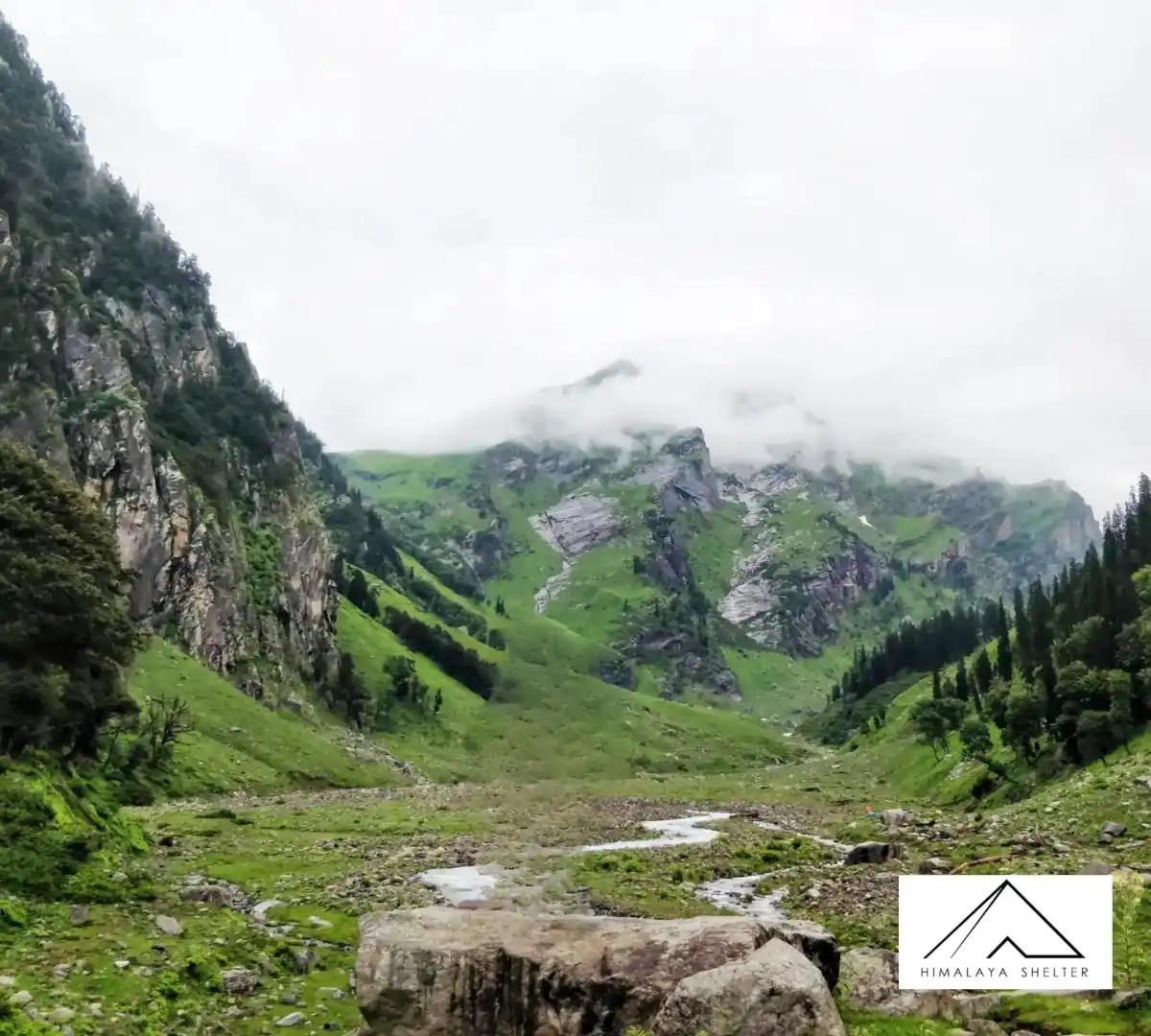



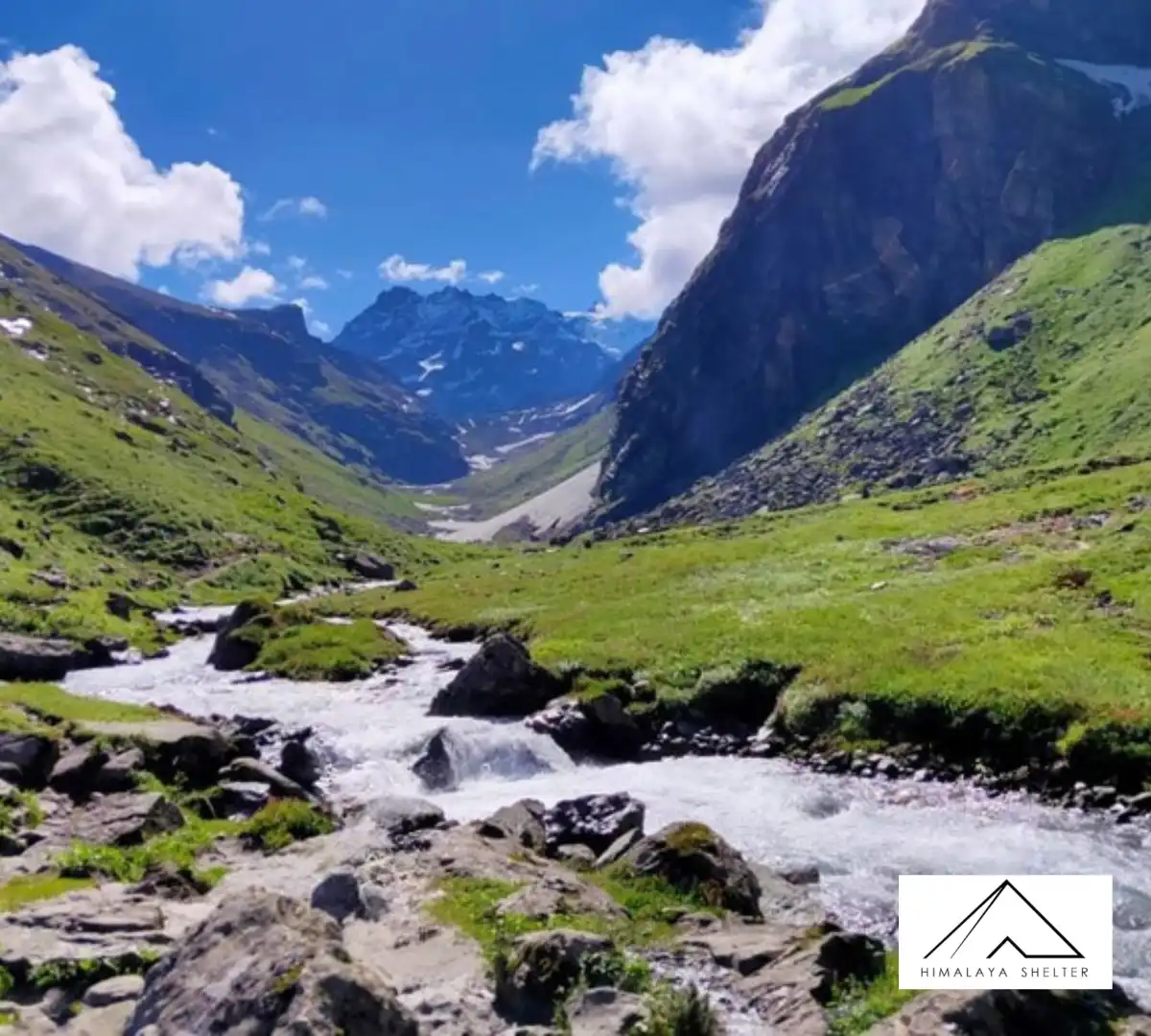

Treks by Categories
Treks By Month

Treks By Experience



